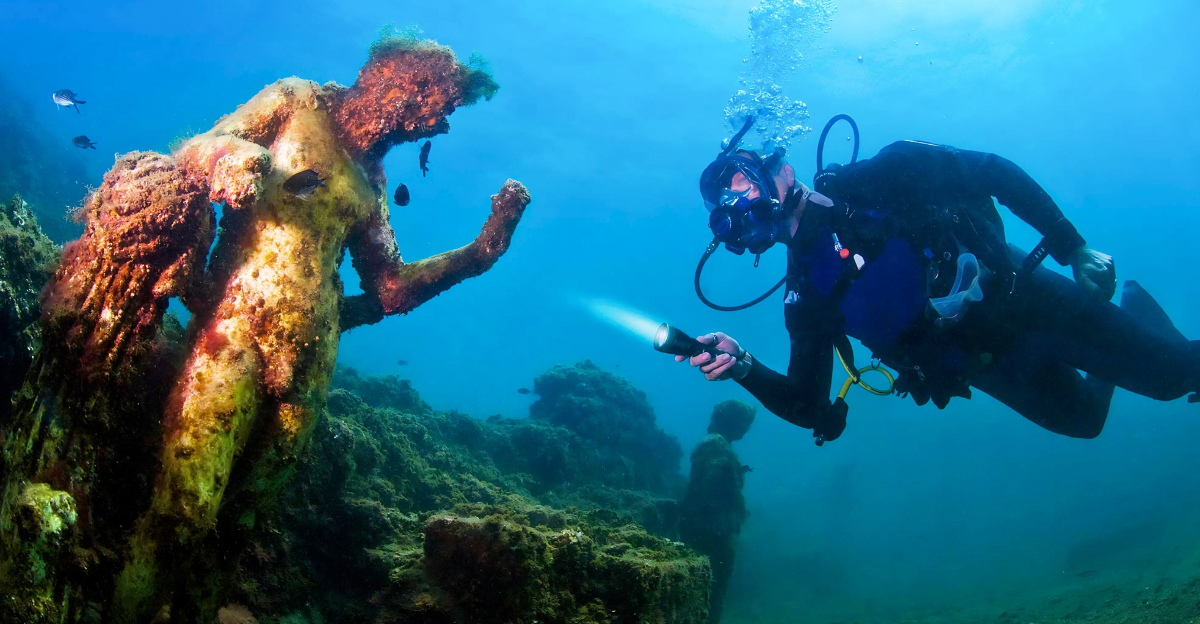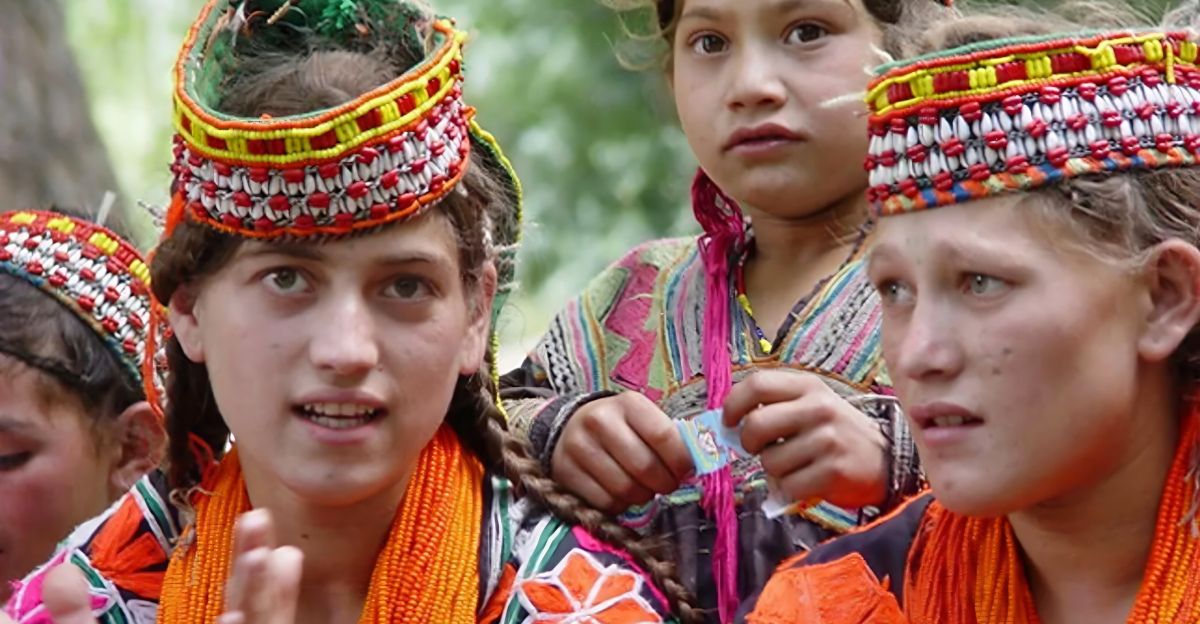
On July 4, last Friday, Texas faced one of its deadliest floods, with over 120 lives lost and 173 missing. As the disaster unfolded, wild theories spread online blaming cloud seeding for the catastrophe. One meteorologist got death threats for reporting weather. A CEO was accused of causing the floods.
Augustus Doricko, the CEO, stated that his technology did not cause the storm. So, what actually happened? First, let’s take a closer look at the scale of the disaster and the factors behind it.
Texas Floods Like Never Before: A Natural Disaster
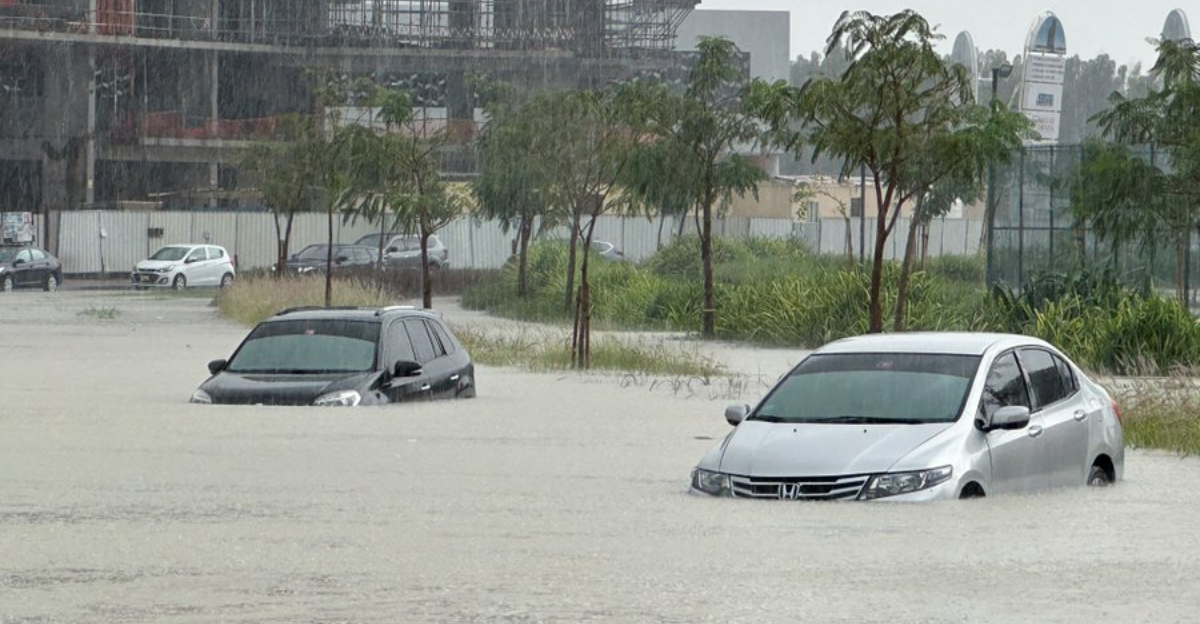
Between July 4 and 7, Texas Hill Country suffered a thousand-year flood event. The Guadalupe River surged 26 feet in 45 minutes, flooding camps and towns. Over 11 inches of rain fell in hours, overwhelming the land. Kerr County was hit hardest, with 95 deaths including 36 children. Camp Mystic lost 27 campers and counselors. The search for more than 170 missing people continues.
These floods became one of the deadliest in Texas history. The scale of destruction shocked everyone. But what caused these floods? To understand, we need to know more about cloud seeding and why it became part of this story.
What Is Cloud Seeding and How Does It Work?

Cloud seeding adds particles like silver iodide to existing clouds to help them produce more rain or snow. It can increase rainfall by about 10 to 20 percent but only works on clouds that are already there. It cannot create storms or cause huge floods. Scientists say cloud seeding is a small-scale weather tool used mostly to help with drought.
One meteorologist said it’s for tiny clouds, not billions of gallons of floodwater. Even if cloud seeding happened here, it couldn’t cause this kind of disaster.
The Tech Company Behind the Cloud Seeding
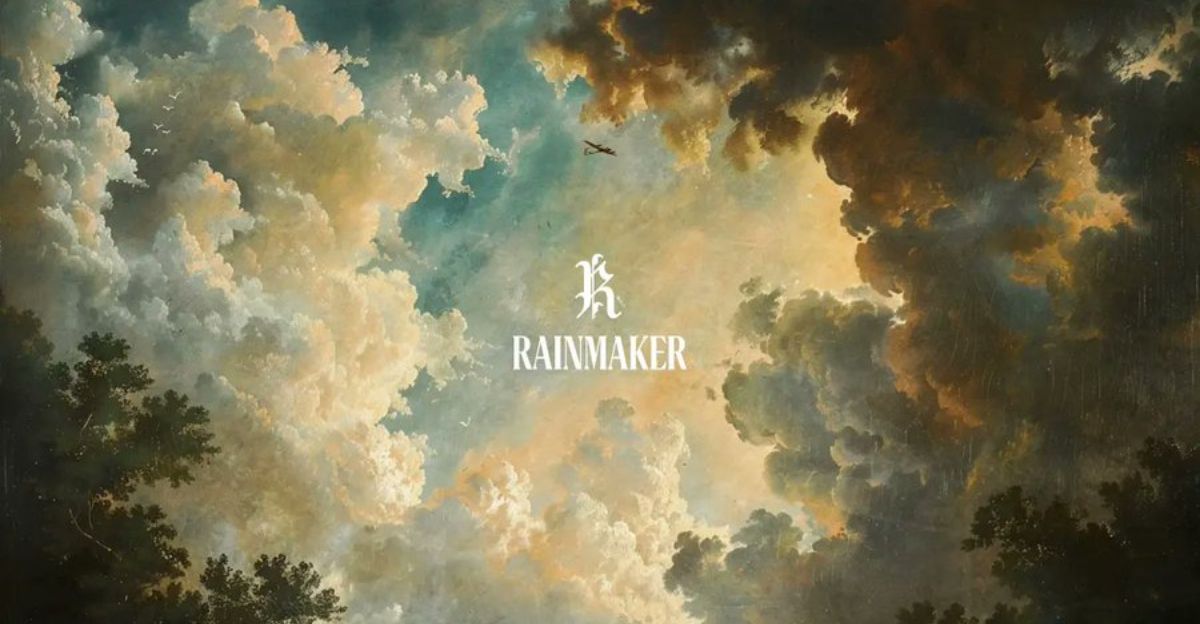
Rainmaker Technology seeded just two clouds on July 2, 2025, more than 24 hours before the flood started. The seeded clouds disappeared by late afternoon that day. The company stopped all seeding because the air was already too moist. Scientists calculated that winds would have carried any seeded air far away before the flood rains came.
On social media, Doricko wrote:
“Did Rainmaker conduct any operations that could have impacted the floods? No. The last seeding mission prior to the July 4th event was during the early afternoon of July 2nd… Those clouds dissipated between 3 p.m. and 4 p.m. Central Time.”
How the Cloud Seeding Conspiracy Took Off
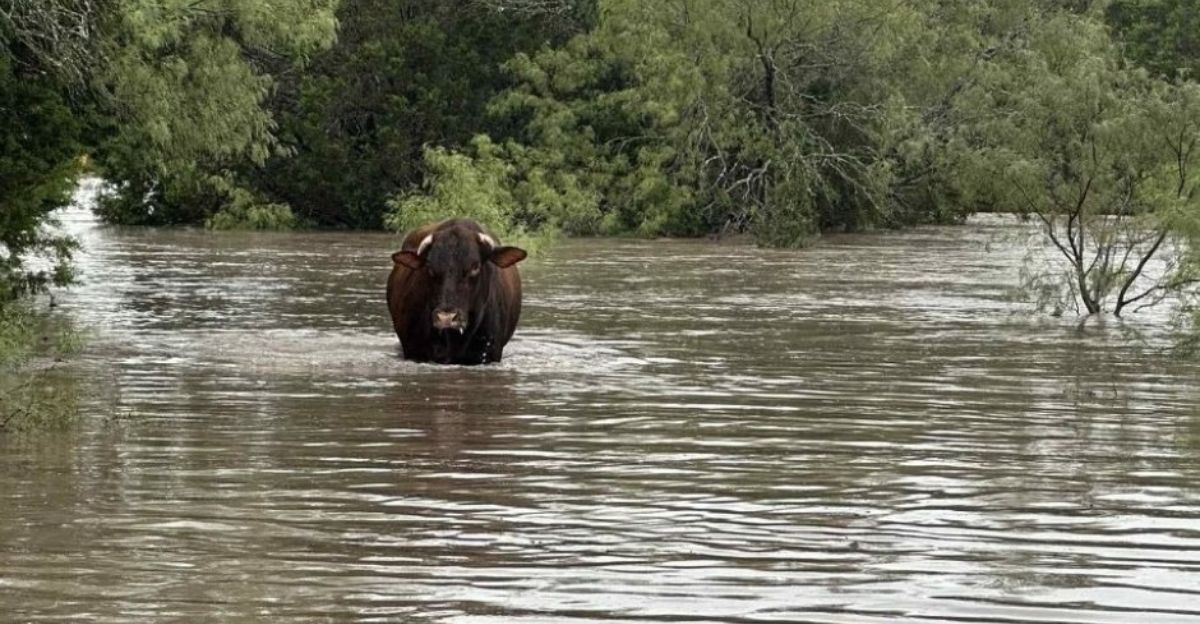
Right after the floods, social media exploded with false claims that cloud seeding caused the disaster. Millions saw posts blaming weather modification for the tragedy. Some political figures joined the conversation, pushing ideas to ban weather modification. Threats flooded the weather tech company and meteorologists.
A weather radar station was vandalized by conspiracy supporters. These false stories spread quickly and stirred fear. The flood was real, but the claims about cloud seeding were not.
Experts Speak Out: Cloud Seeding Didn’t Cause the Flood

Scientists and meteorologists called the conspiracy “nonsense.” They explained cloud seeding only makes small changes and can’t cause storms. A Texas A&M expert said cloud seeding can only add tiny rain amounts, sometimes nothing at all. Another scientist said the flood was caused by natural rain patterns, not cloud seeding.
Even local meteorologists stressed cloud seeding cannot make storms or create clouds. Senator Ted Cruz said there was no evidence linking weather modification to the floods. These trusted voices helped calm fears and clear up misunderstandings. Still, it’s important to know what actually caused the floods.
What Really Caused These Deadly Floods?
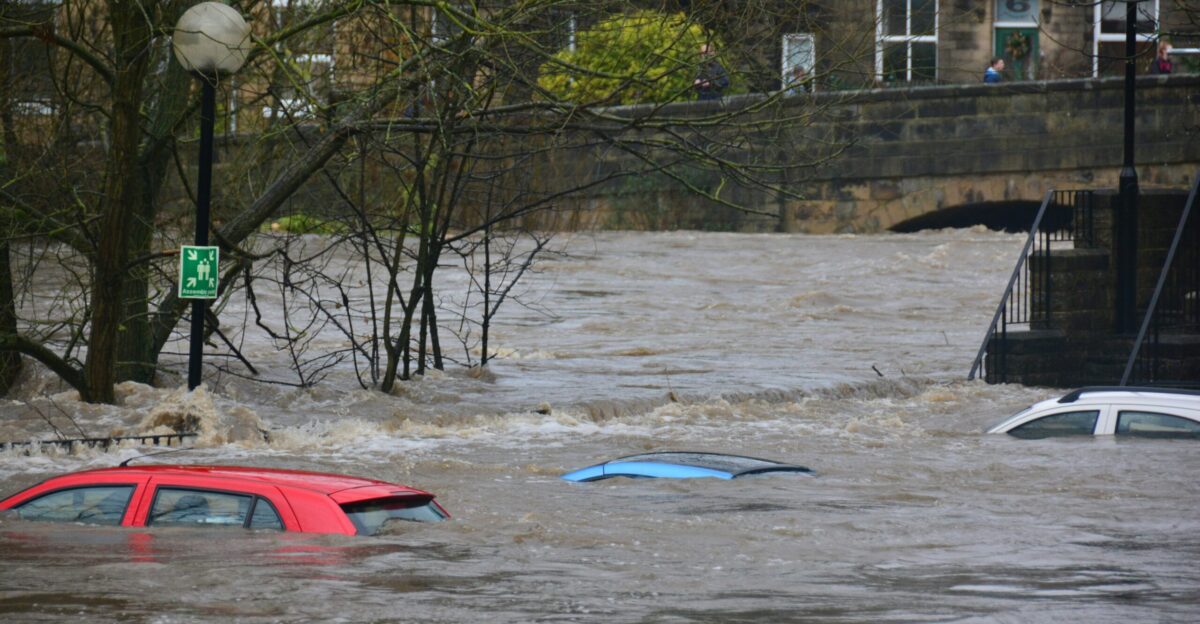
The real cause of the floods was a mix of natural weather and climate change. Warmer air holds more moisture, causing heavier rains. The Gulf of Mexico’s warm waters helped fuel a massive storm system.
Scientists warn that extreme rainfall events are becoming more common as the planet heats up. Texas’s rocky soil and dry land made flooding worse because rainwater ran off fast. This deadly flood was a natural disaster made stronger by climate change.
When Lies Make Disasters Worse

Misinformation about cloud seeding did real damage during the floods. Meteorologists faced threats just for sharing facts. False posts about broken dams caused panic and unnecessary evacuations. Some social media accounts spread fake videos to get views and profits.
Experts warn that social media rewards drama over truth, making it harder to fight false news during emergencies. The flood’s human toll grew as emergency workers had to deal with these distractions. One meteorologist said belief in lies can be more powerful than facts.
What We Can Learn From This Disaster

Research shows teaching people how to spot false news helps reduce belief in lies. Learning to check sources, compare stories, and recognize emotional tricks is key. Emergency alerts must be clear and timely to help people prepare.
Countries like Finland and Sweden teach media literacy in schools, building stronger defenses against misinformation. With more storms coming, understanding what’s real can save lives. Good information helps communities stay safe and ready.
Facts Over Fear
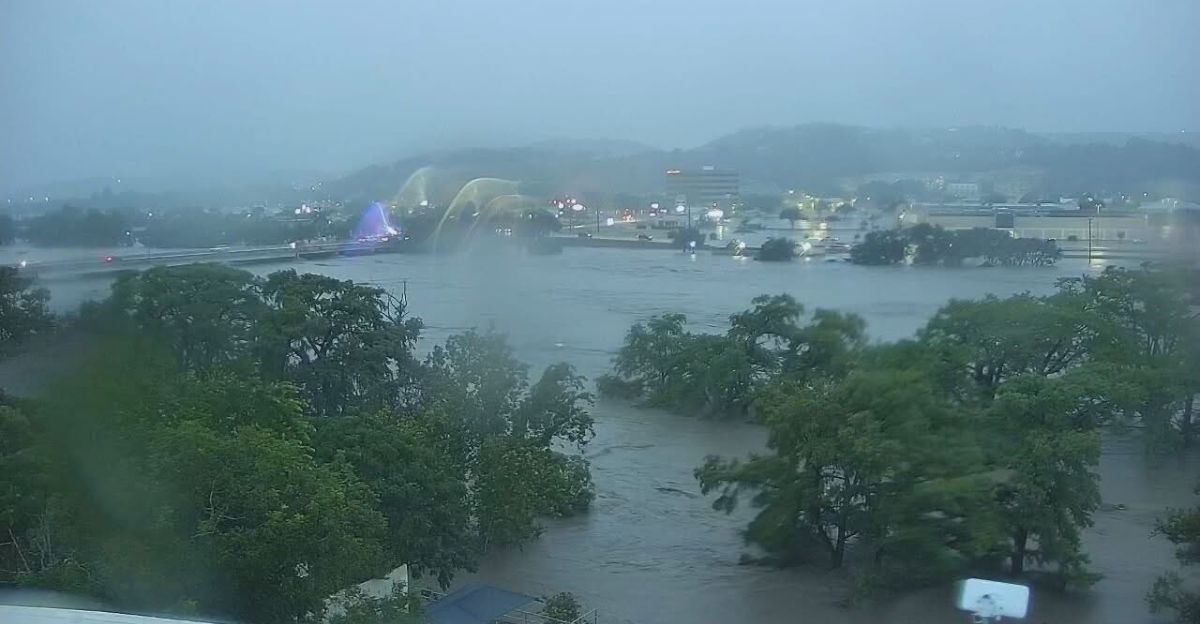
The evidence is clear: cloud seeding did not cause the Texas floods. The timing and science don’t match. The floods were a natural event made worse by climate change. Blaming the Rainmaker CEO or cloud seeding distracts from the real problems and solutions. We must focus on better early warnings, climate action, and fighting false information.
As we remember those lost, let’s commit to truth and resilience. When misinformation spreads faster than floods, staying informed is our strongest defense for the future.

